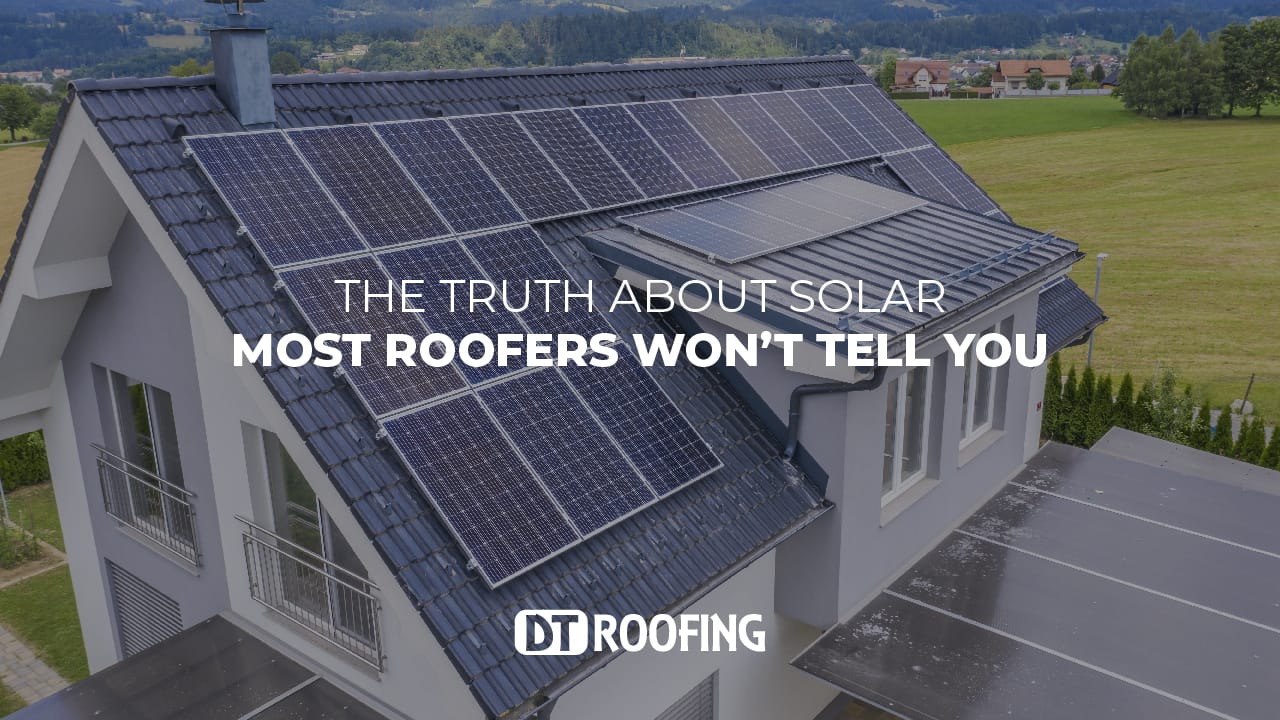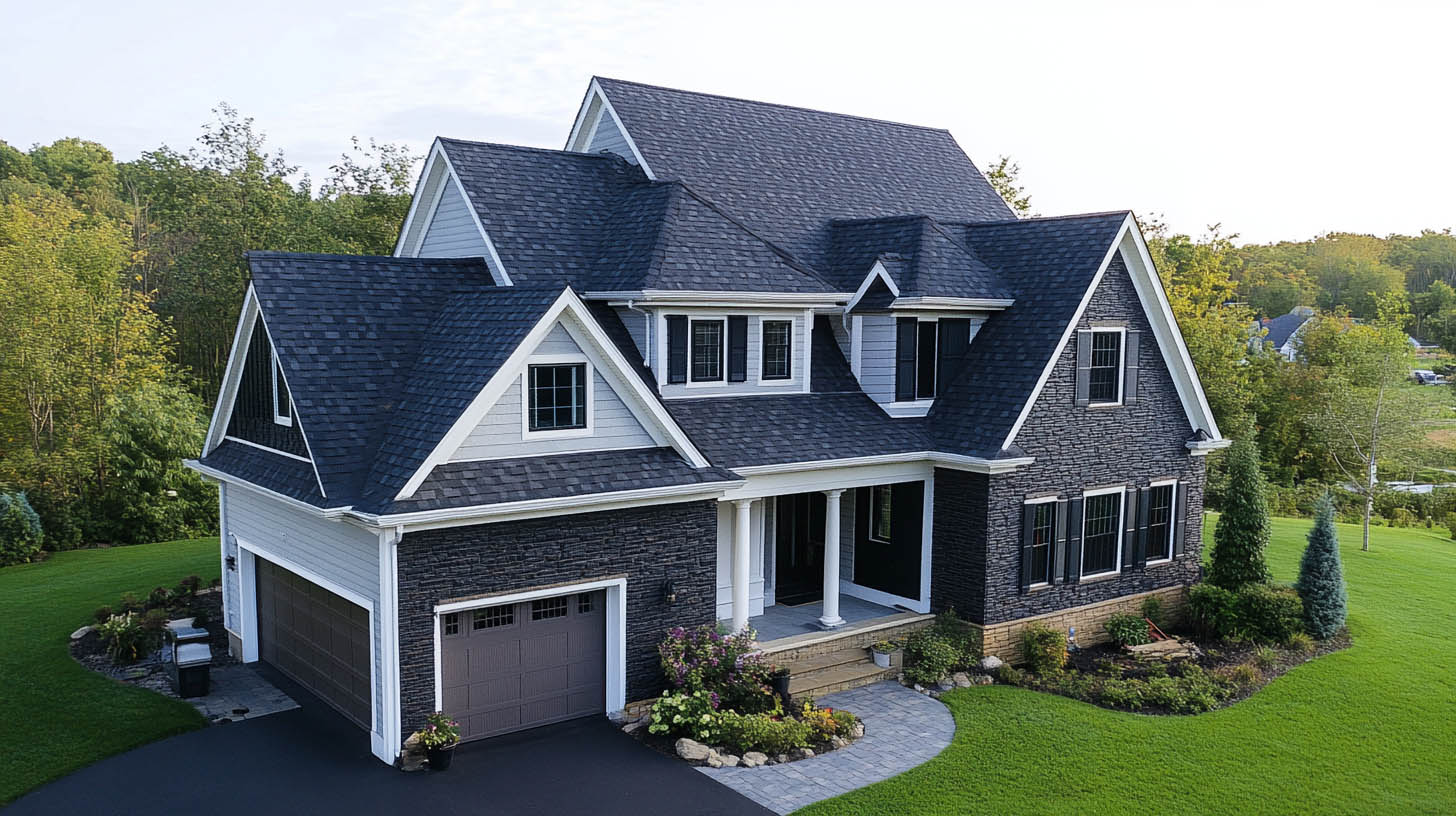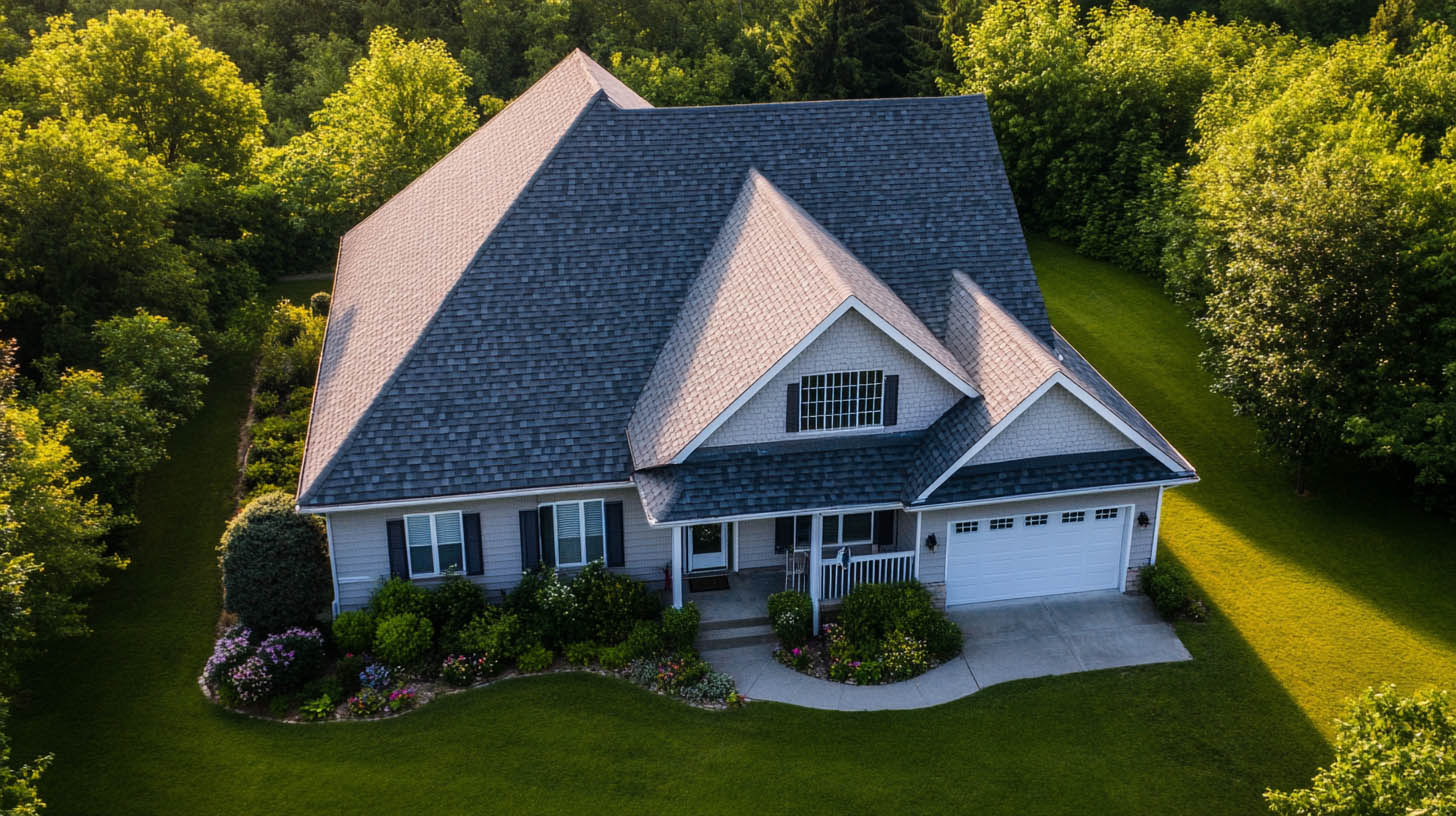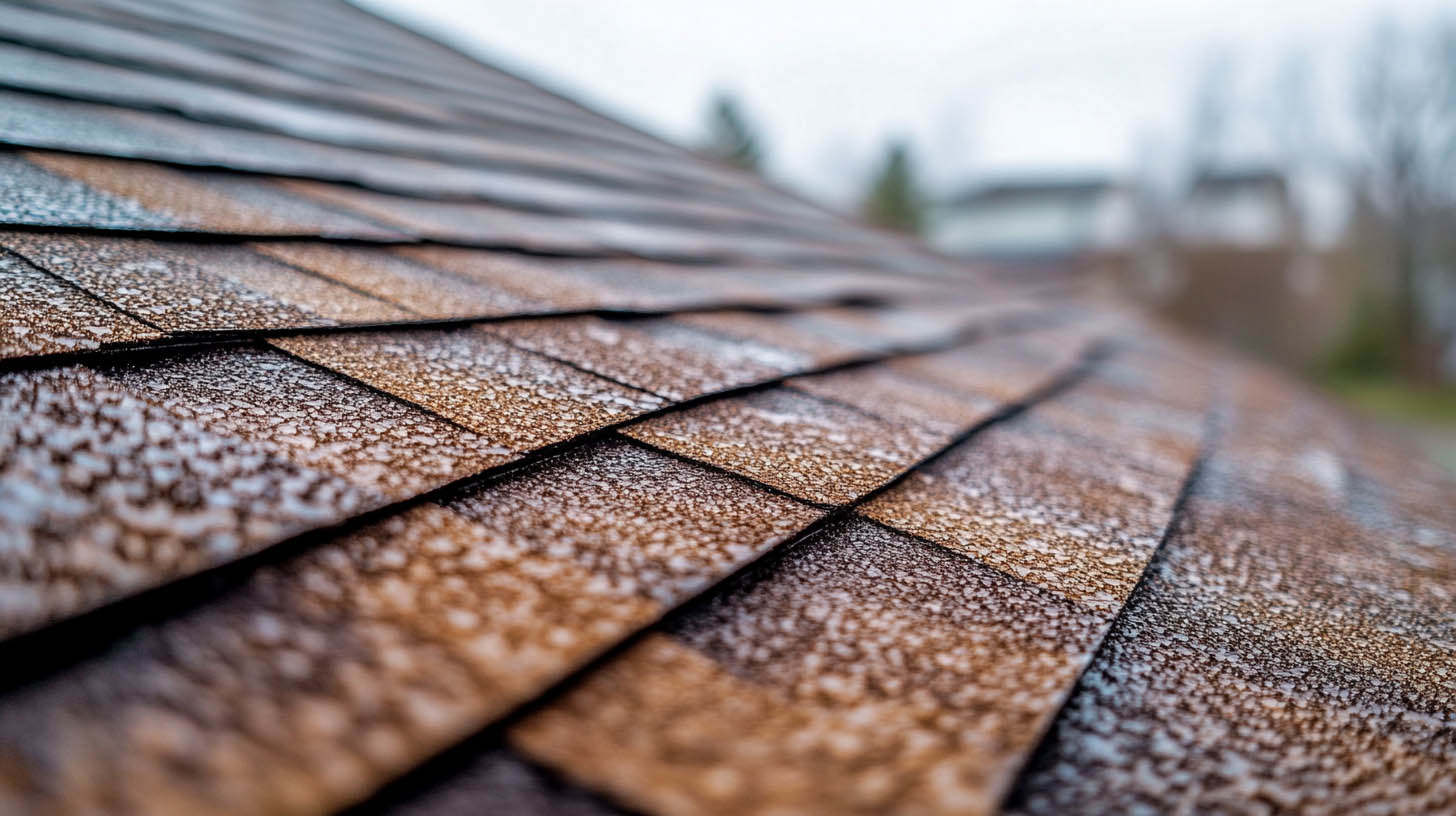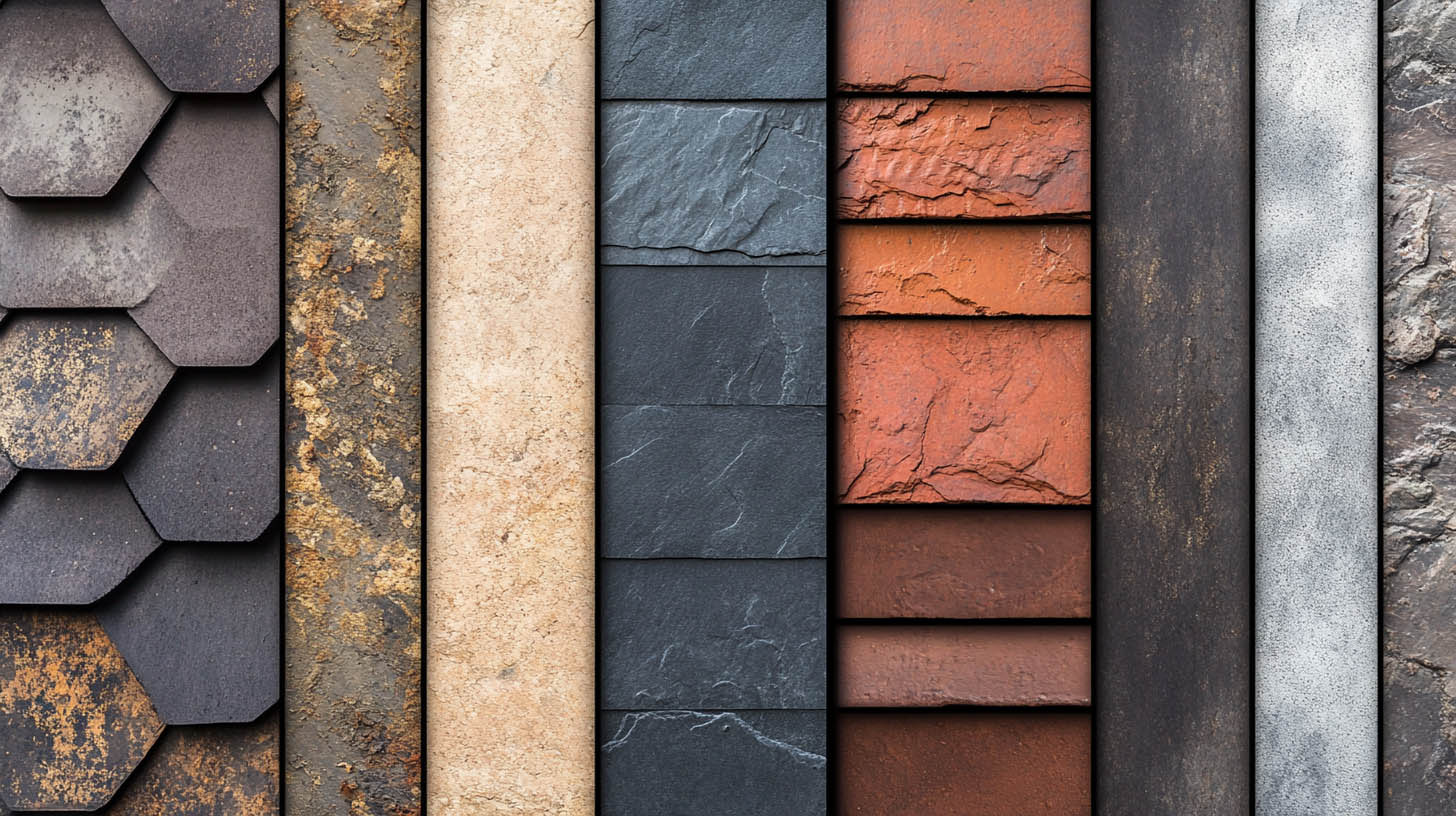
A Breakdown of Different Roofing Materials
Choosing the right roofing material is one of the most important decisions you’ll make for your home. Whether you’re building a new property, planning a full roof replacement, or just curious about your options, understanding the differences between roofing materials can help you make a smart, long-lasting investment. In Weatherford, TX, where roofs face everything from scorching sun to pounding hail, the right material can mean the difference between peace of mind and constant repairs. That’s why local homeowners trust seasoned experts like DT Roofing to guide them through the options.
Why the Right Roofing Material Matters
Not all roofs are created equal. Climate, home design, budget, and aesthetic preferences all come into play when choosing the best roofing system. What works in a snowy northern town may not hold up under the Texas sun. That’s why understanding the pros and cons of each material is essential before making a decision.
Asphalt Shingles
Affordable and Reliable
Asphalt shingles are by far the most common roofing material in the United States. They’re budget-friendly, easy to install, and come in a wide variety of colors and styles.
Pros:
- Cost-effective
- Available almost everywhere
- Simple repairs and replacements
- Good wind and fire resistance
Cons:
- Shorter lifespan (15–30 years)
- Can be damaged by hail or extreme heat
- Prone to algae staining in humid areas
Best For: Budget-conscious homeowners who want a reliable, no-fuss roofing system.
Metal Roofing
Durable and Energy-Efficient
Metal roofs have surged in popularity in Texas thanks to their resilience and energy efficiency. They reflect heat, reduce cooling costs, and hold up exceptionally well under hail.
Pros:
- Lasts 40–70 years
- Fire and wind resistant
- Energy-efficient
- Recyclable materials
Cons:
- Higher upfront cost
- Can be noisy in heavy rain without proper insulation
- Potential for denting in extreme hail
Best For: Homeowners looking for a long-term investment with strong weather resistance.
Clay and Concrete Tiles
Stylish and Long-Lasting
Popular in Mediterranean and Southwestern-style homes, tile roofs offer a unique look and excellent longevity.
Pros:
- 50+ year lifespan
- Fireproof
- Great curb appeal
- Resistant to rot and insect damage
Cons:
- Heavy—may require structural reinforcement
- Brittle—can crack under foot traffic or hail
- Expensive to install
Best For: Homes that can support the weight and homeowners who want long-term, low-maintenance durability.
Slate Roofing
Elegant and Nearly Indestructible
Slate is one of the oldest roofing materials used and is valued for its beauty and lifespan.
Pros:
- Can last over 100 years
- Highly resistant to fire, wind, and moisture
- Environmentally friendly
Cons:
- Very expensive
- Heavy—requires a reinforced roof structure
- Requires experienced installers
Best For: Historic or high-end homes where budget isn’t a primary concern.
Synthetic Roofing Options
Advanced Technology, Classic Looks
Modern homeowners are increasingly turning to synthetic materials like polymer-based shingles that mimic slate, tile, or wood without the drawbacks.
Pros:
- Lighter and more affordable than natural counterparts
- Resistant to impact and UV rays
- Lower maintenance
- Can be molded to replicate various looks
Cons:
- Newer products—long-term performance data may be limited
- Not all synthetic options are equal—quality varies
Best For: Homeowners seeking durability, aesthetics, and performance at a reasonable cost.
Trusted Brands Matter
The materials you choose are only as good as the manufacturer behind them. That’s why we partner with Owens Corning, one of the most trusted names in roofing, offering high-quality products backed by industry-leading warranties. Their shingles and underlayment systems are designed to perform in harsh climates like Texas and come in a wide range of styles to suit any home.
Choosing the Best Roofing Material for Your Home
Ultimately, the “best” roofing material depends on your unique needs. Here’s what to consider:
- Budget – How much can you invest upfront vs. over time?
- Longevity – Are you planning to live in the home for decades?
- Climate – Can the material stand up to Texas heat, hail, and storms?
- Aesthetics – Do you want a modern, rustic, or classic look?
- Maintenance – Are you okay with occasional upkeep, or do you want a set-it-and-forget-it solution
The best decision is an informed one—and that’s where a qualified local roofing expert can help.
Final Thoughts
There’s no one-size-fits-all answer when it comes to roofing materials. Each option has strengths, weaknesses, and unique benefits. The key is finding what works best for your home, your climate, and your goals. With the right guidance and high-quality products, you’ll get a roof that not only protects—but enhances—your home for years to come.
Read also our blog: Why Preserving Historic Roofs Is So Important

